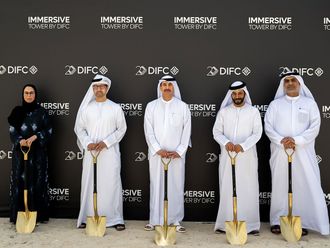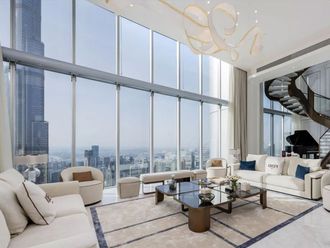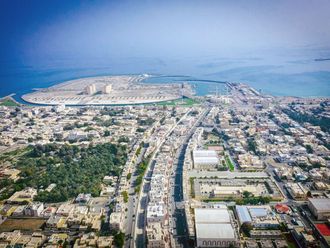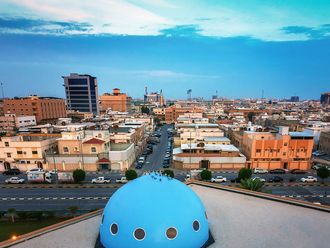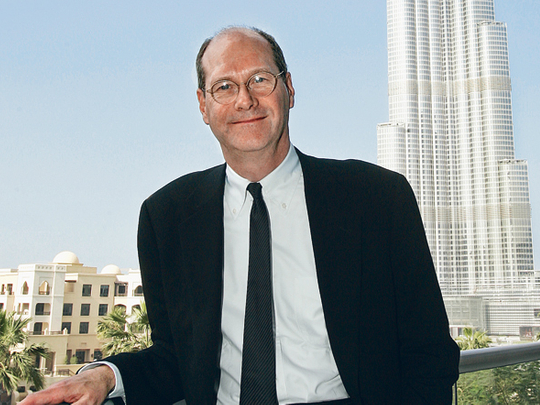
Dubai : Who says ten people can't keep a secret?
When numbers on a behemoth video screen flashed 828 metres as the official height of the Burj Khalifa on the opening night, it signalled the end of a seven-year secret known only by a select few, says one of its top designers.
Despite countless media queries and best estimates by industry watchdogs, the secret remained intact until Dubai leaders unveiled the steel-and-glass stalagmite in an elaborate lighting and fireworks ceremony on Monday.
Classified information
William F. Baker, Partner with Skidmore, Owings and Merrill - the Chicago firm that designed the world's tallest tower - said the tower's height was essentially classified. Less than ten people of the total 12,000 involved knew about the precise height.
"Between Emaar and our firm, you can count on two hands the number of people who knew the actual height of the Burj Khalifa.
"We were under very strict orders to keep the height highly confidential," said Baker, 56, in an exclusive interview with XPRESS on the sidelines of Dubai Forum on Tuesday.
Early on, client and builders decided the best way to keep the height a secret was simply not to tell anyone. Also, a critical element was keeping the baseline measurements confidential. "You have to know where the bottom starts to measure to the top," he said. "We kept people confused by not explaining where the bottom was."
Moreover, frequent design changes through the years also kept critics off balance as the original blueprint height was stretched by another 300 metres for a more elegant top.
Baker has been credited with the first-of-a-kind innovation in the structure - the buttress core system - which came up with a central cylindrical tower surrounded by three wings anchored on the ground outwardly in a floral tri-petal design.
Extreme pressures
Simply put, the wings provide critical support against a prevailing wind which can exert extreme pressures against a structure more damaging than the threat of earthquakes.
The buttressing effect "forces the wind to move to the base and stretch it out."


